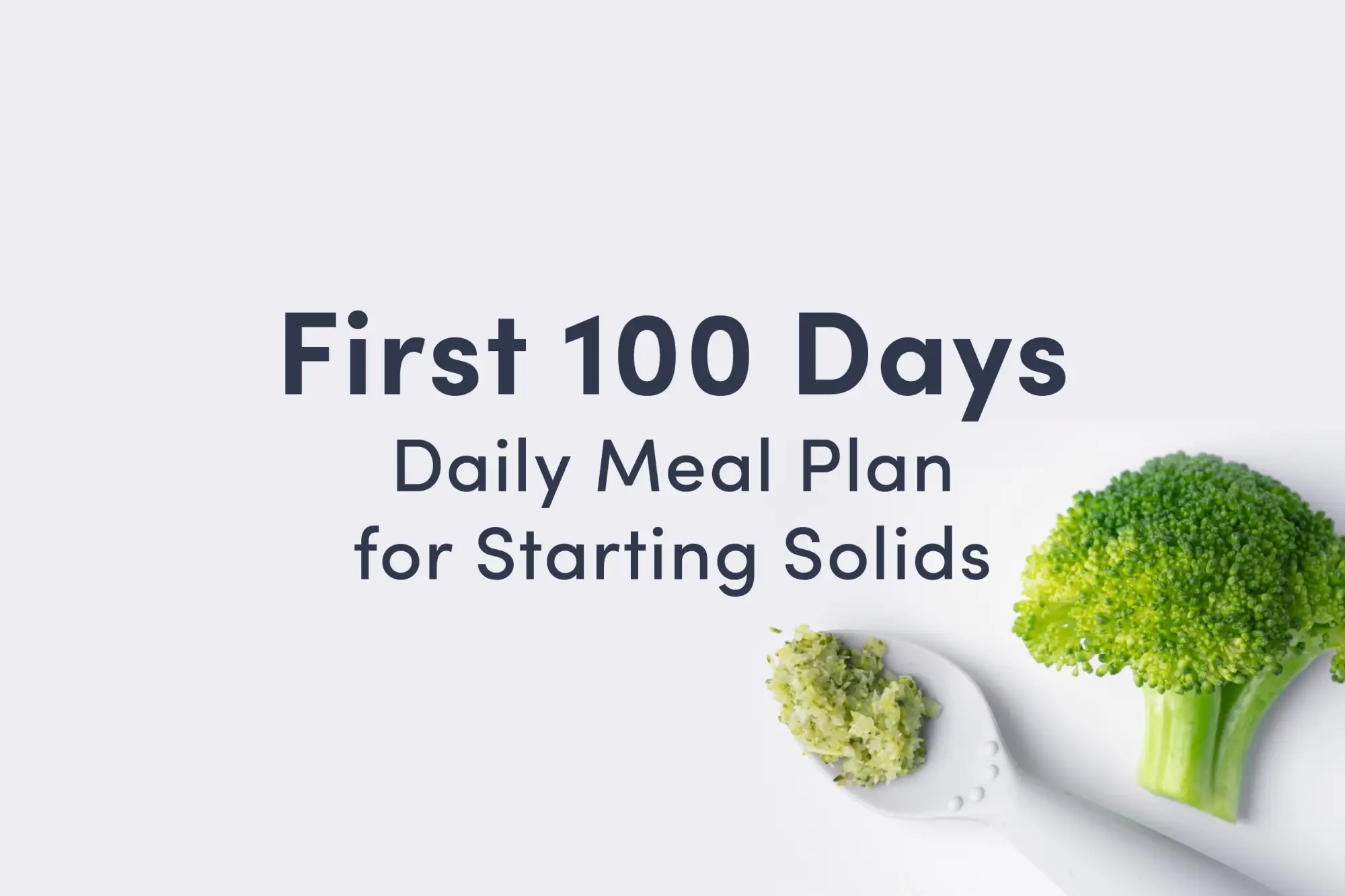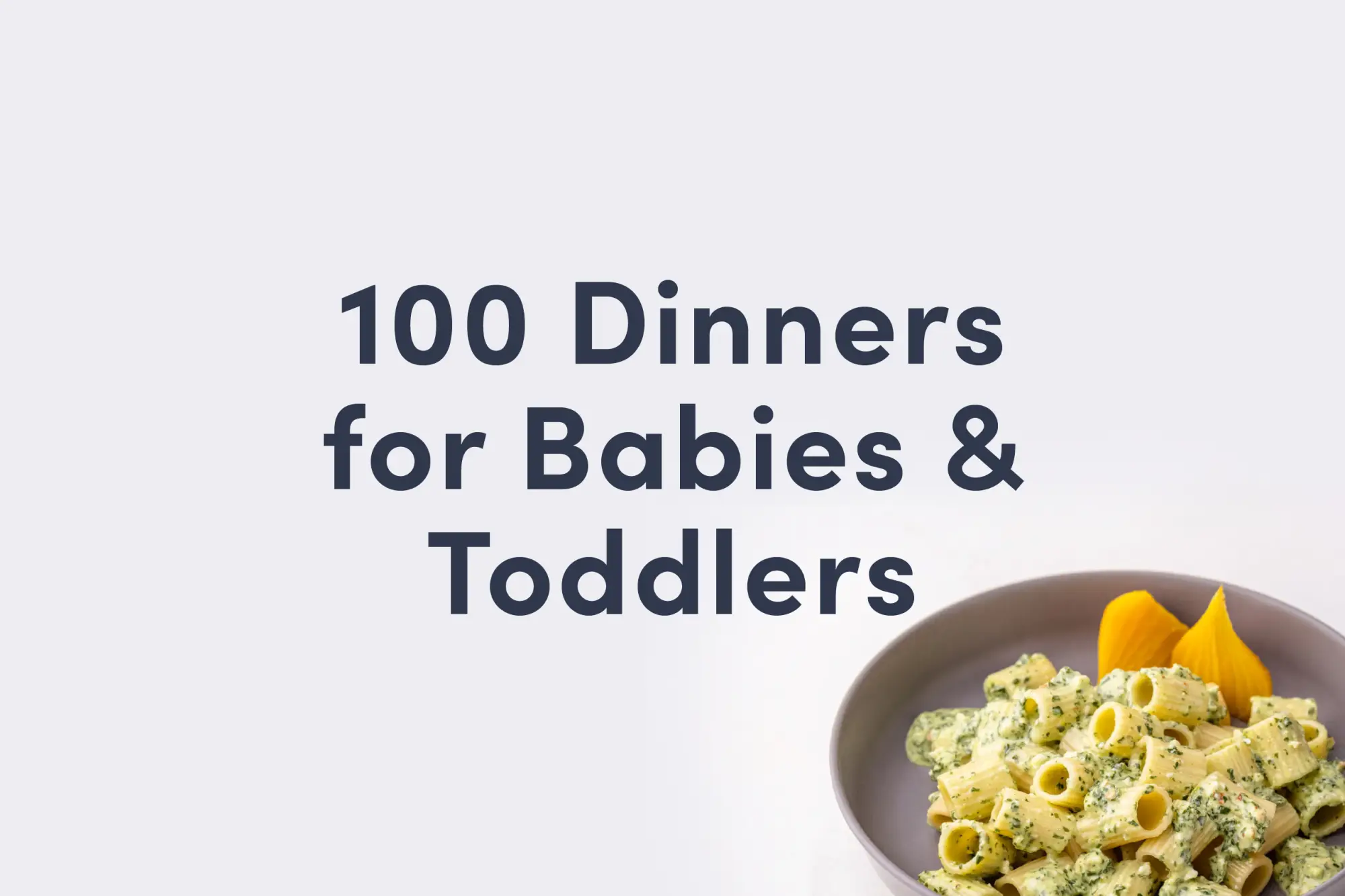Turmeric
Herb/Spice
Age Suggestion
6 months
Iron-Rich
No
Common Allergen
No

When can babies have turmeric?
Turmeric may be introduced as soon as baby is ready to start solids, which is generally around 6 months of age.
Turmeric is part of the same family as ginger and originated in the tropics of Southeast Asia. Also known as curcuma, haldi, kamin, kunyit, nanwin, and nghệ, turmeric is cultivated for its rhizomes—knobby root-like stems that grow below ground. Today, most turmeric root comes from India, where it is used as dye, medicine, and of course, seasoning for food. Its golden yellow hue and earthy taste add to savory foods like biryanis, masala, and dosa, as well as celebratory ball-shaped sweets called laddu and rasgulla.
Is turmeric healthy for babies?
Yes. While turmeric is not usually eaten in large quantities, its health benefits lie in its small amounts of micronutrients and powerful phytonutrient content. Turmeric also contains iron, manganese, and traces of many other minerals, as well as fiber, and studies show that adding small amounts of turmeric regularly to one’s diet is beneficial for overall health.
Turmeric is rich in plant chemicals, including curcumin, a naturally-occurring phytochemical believed to alleviate inflammation, provide antioxidants, regulate blood sugar, improve cell functionality, support digestive and brain health, and more. Curcumin is better absorbed with black pepper’s help, so try pairing the two spices together for rich flavor and added health benefits. Cooking turmeric with a fat like butter or oil also makes its health benefits more bioavailable.
When purchasing ground turmeric, consider looking for brands that conduct heavy metal testing, as spices like turmeric are sometimes contaminated with lead and other heavy metals. You can usually find this information on the product packaging or on the brand’s website.
★ Tip: When shopping for fresh turmeric, look for roots with firm texture and taut skin with no wrinkles. Fresh turmeric keeps at room temperature for 5 days, in the fridge for up to 3 weeks, or in the freezer for 6 months. Dehydrated turmeric slices can be stored at room temperature in the pantry for a few months.
Is turmeric a common allergen?
No. Turmeric is not a common allergen, although contact rashes when touching turmeric have been reported. Individuals with very sensitive skin or a history of developing contact rashes may want to wear gloves when preparing turmeric. If a rash does develop, wash the affected area with soap and water.
As you would when introducing any new food, start by offering a small quantity for the first few servings. If there is no adverse reaction, gradually increase the quantity over future meals.
Is turmeric a choking hazard for babies?
No. When prepared for most culinary applications (grated, powdered, etc.), turmeric presents a low risk when safely prepared for a child’s age and developmental ability, though, in theory, an individual could choke on any food. To reduce the risk, do not let babies or toddlers have uncooked chunks of turmeric and prepare and serve turmeric in an age-appropriate way as described in the How to Serve section. As always, make sure you create a safe eating environment and stay within an arm’s reach of baby during meals.
Learn the signs of choking and gagging and more about choking first aid in our free guides, Infant Rescue and Toddler Rescue.
Videos
Can babies or toddlers have turmeric tea?
Wait to serve turmeric tea regularly until after 12 months of age, although a small taste here and there before then is okay. Before 12 months of age, baby’s primary drinks should be breast milk and/or formula, and offering other beverages like tea can take up room in baby’s belly from these other nutritionally complete drinks.
Can babies drink haldi doodh (golden milk)?
For babies under 12 months of age, breast milk or formula should be the primary drink and haldi doodh should not be offered, aside from a small sip on occasion. For children older than 12 months of age, cow’s milk may be offered as a drink, and golden milk is one way to serve it to toddlers. When making haldi doodh for toddlers, season with spice to the toddler’s individual comfort level. Also known as golden milk, haldi doodh is a traditional turmeric drink in India that also serves as a remedy for many ailments. The drink is made with cow’s milk and often includes other spices like black pepper, cardamom, and ginger and a sweetener of choice.
Can turmeric help sick babies and toddlers?
Data regarding the safety of turmeric supplements for babies is insufficient, so consult with your pediatric healthcare provider before using turmeric as a remedy for baby. If a child is feeling sick and you would like to offer turmeric, use a small amount of turmeric in fresh, powdered, or paste form in an age-appropriate meal. Traditionally, turmeric has been used to support respiratory, immune, muscle, joint, skin, heart, and digestive health (such as relieving gas) due to its numerous beneficial properties. Turmeric has also been used for skin conditions, as a complement in cancer treatments, and many other health applications.
How do you serve turmeric to babies?
Every baby develops on their own timeline, and the suggestions on how to cut or prepare particular foods are generalizations for a broad audience.
6 months old +:
Use a pinch or two of grated or powdered turmeric to season vegetables, or stir it into soft, scoopable foods like congee, stewed lentils, or yogurt. Stir turmeric into large, soft rice balls, bean patties, or meatballs that are easy for baby to pick up. Or make a garlicky turmeric paste to season tempeh, meat, or fish.
12 months old +:
Continue seasoning the child’s food with fresh or powdered turmeric as you like. This is also a good age for introducing baked goods with turmeric in them, such as pancakes, muffins, and breads. Turmeric teas, served warm but not hot, and haldi doodh (golden milk) are also fine at this age, and make for great practice with an open cup.
Learn which nutrients are most important for vegetarian and vegan babies in our guide, Best & Worst Plant-Based Foods for Babies.
Written by
Expert Tips Delivered to Your Inbox
Sign up for weekly tips, recipes and more!
The content offered on SolidStarts.com is for informational purposes only. Solidstarts is not engaged in rendering professional advice, whether medical or otherwise, to individual users or their children or families. No content on this site, regardless of date, should ever be used as a substitute for direct medical advice from your doctor or your medical or health professional, nutritionist, or expert in pediatric feeding and eating. By accessing the content on SolidStarts.com, you acknowledge and agree that you are accepting the responsibility for your child’s health and well-being. In return for providing you with an array of content “baby-led weaning” information, you waive any claims that you or your child may have as a result of utilizing the content on SolidStarts.com.







